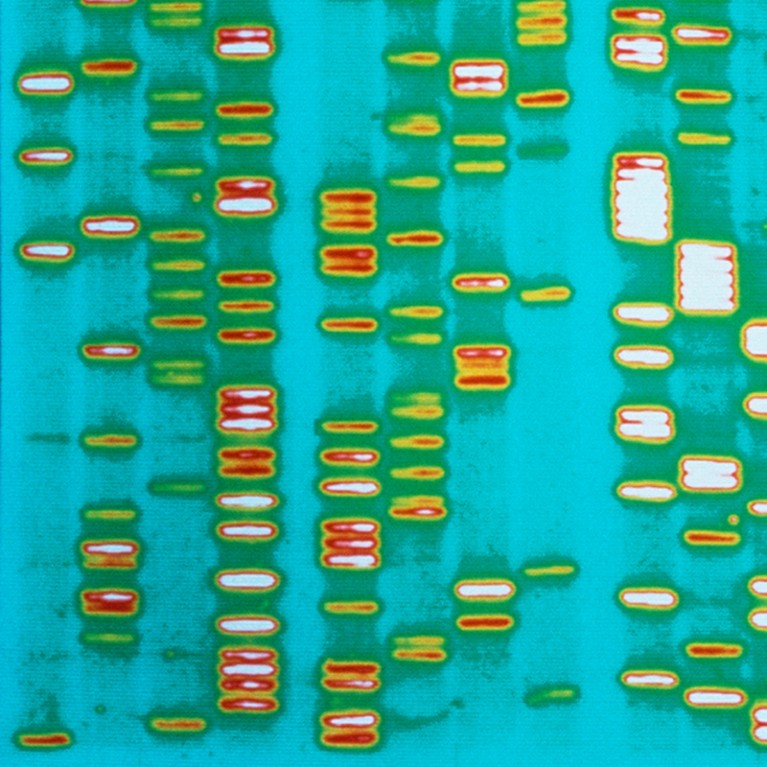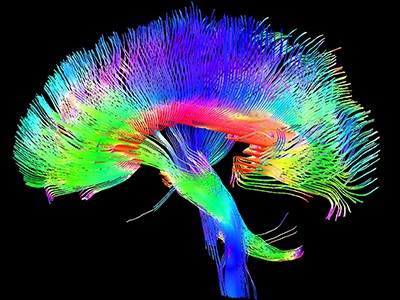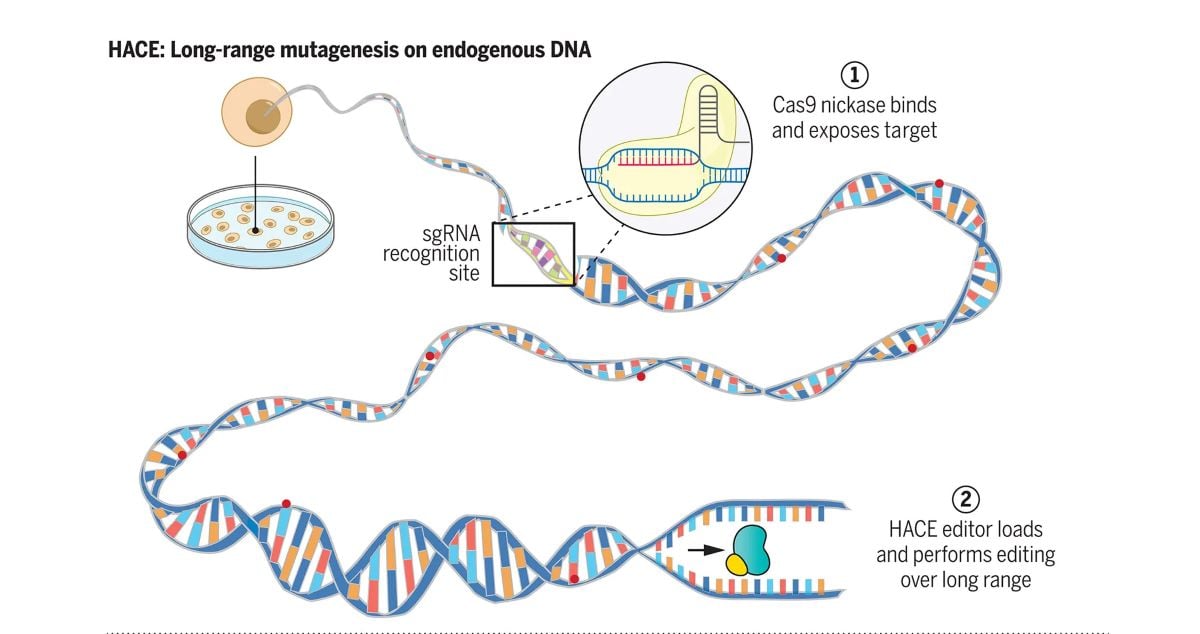
DNA sequencing has become routine, but the roles of individual genes can be hard to be pin.Credit: Peter Menzel/SPL
How Life Works: A User’s Guide to the New Biology Philip Ball Pan Macmillan (2024)Science writer Philip Ball argues in How Life Works that the metaphor of living systems operating simply like machines is a gross simplification. Ball emphasizes the need to acknowledge the complexity of biology, and the impact of public understanding on policy, healthcare, and trust in science. He suggests that life is far more fascinating and complex than the conventional metaphor of cells as computers and genes as code may imply. The book is recommended for both biologists and non-biologists for its insight into the intricacies of biology.
When the human genome was sequenced in 2001, it was expected to serve as an ‘instruction manual’ for life. However, it turned out that the genome is not a blueprint. Most genes do not have predetermined functions that can be deduced from their DNA sequence. Instead, their activity is influenced by various external factors such as diet and environment in which the organism develops. Furthermore, many genes can impact a single trait. For example, the risk of developing schizophrenia is influenced by mutations in almost 300 genes.
Ball challenges the oversimplification that attributes traits or diseases solely to genes. He points out that organisms are remarkably robust and can often function even when key genes are removed. He gives the example of the HCN4 gene, which encodes a protein that regulates the heart’s rhythm; despite mutations in this gene, the heart continues to function normally. Additionally, Ball criticizes the metaphor of proteins with fixed shapes binding to their targets, stating that many proteins have sections with flexible shapes, allowing them to adapt and interact in various ways depending on the circumstances.
Ball also questions classic views of evolution, challenging the idea that it is solely driven by random mutations and their effects. He explains that proteins are typically composed of modular sections, and reconfiguring these modules is a common method of producing new functional proteins.
The book delves into the philosophical question of what makes an organism alive, with a focus on agency – an organism’s ability to bring about change to itself or its environment to achieve a goal. Ball argues that agency is attributed to whole organisms, not just their genomes, and emphasizes the distinct goals of organisms compared to genes, proteins, and evolutionary processes.
Ball joins a growing chorus of voices calling for a fundamental reevaluation of how biology is discussed, advocating for a shift in focus from genes to physiological processes that control genomes. He stresses the importance of understanding these holistic processes in finding cures for complex diseases with genetic components, such as schizophrenia, cardiovascular diseases, and cancer.
In conclusion, Ball asserts that a profound rethinking of how life works is underway, but cautions against replacing old dogmas with new ones. He emphasizes the need for biologists to embrace uncertainty and allow their ideas to evolve as new discoveries are made in the coming decades. He believes that this will be biology’s great task for the twenty-first century.
 Neuroscience needs some new ideas
Neuroscience needs some new ideas
Ball is not alone in his call for a radical reassessment of how biology is approached. Other recent publications have echoed his sentiments, advocating for a redefinition of the roles of genes and highlighting the decisive role of physiological processes in understanding and treating complex diseases. These authors stress the importance of acknowledging agency and purpose as definitive characteristics of life that have been overlooked in traditional, gene-centric views of biology.
This surge of publications reflects a growing impatience with the old view of genetics and signals a need for a shift in focus towards understanding the physiological processes underlying diseases. Ball emphasizes that despite genetic components, diseases such as schizophrenia, cardiovascular diseases, and cancer are primarily caused by cellular processes going awry. He urges scientists to prioritize understanding these holistic processes in their pursuit of cures.
Ball concludes by emphasizing the need for a profound rethinking of how life works, while cautioning against the adoption of new dogmas to replace the old ones. He highlights the importance of embracing uncertainty and allowing biological ideas to evolve in response to new discoveries in the years to come, making it biology’s primary task for the twenty-first century.
Competing Interests
The author declares no competing interests.












